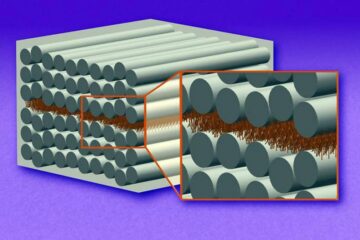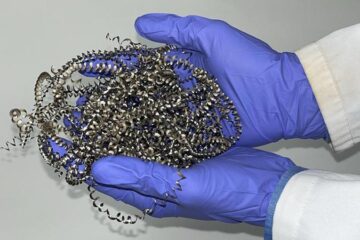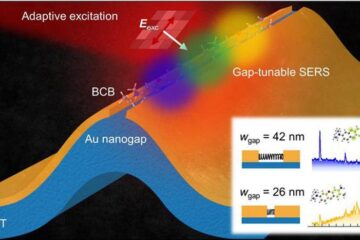Herbicide-Tolerant Crops Can Improve Water Quality

The residual herbicides commonly used in the production of corn and soybean are frequently detected in rivers, streams, and reservoirs at concentrations that exceed drinking water standards in areas where these crops are extensively grown.
When these bodies of water are used as sources of drinking water this contamination can lead to increased treatment costs or a need to seek alternative sources of supply. Additionally, these herbicides can have negative effects on aquatic ecosystems at concentrations well below their drinking water standards.
When genetically modified, herbicide-tolerant, corn and soybean became commercially available in the 1990s it became possible to replace some of the problematic residual herbicides with strongly sorbed, short half-life, contact herbicides that may be more environmentally benign. By 2004 almost 90% of the soybean grown in the US was genetically modified for tolerance to the contact herbicide glyphosate (Roundup), which is currently the most widely used herbicide in the world.
In a four-year study, researchers at the USDA-ARS’s North Appalachian Experimental Watershed near Coshocton, OH compared relative losses of both herbicide types when applied at normal rates to seven small watersheds planted with Liberty-Linked corn or Roundup Ready soybean. In their report, published in the March-April issue of the Journal of Environmental Quality, soil scientists Martin Shipitalo and Lloyd Owens, and agricultural engineer Rob Malone, noted that losses of contact herbicides in surface runoff were usually much less than those for the residual herbicides, as a percentage of the amount of herbicide applied. Averaged for all soybean crop years, glyphosate loss was about one-seventh that of metribuzin and one half that of alachlor, residual herbicides it can replace. Similarly, average loss of the contact herbicide glufosinate (Liberty) was one-fourth that of atrazine, a residual corn herbicide it can replace.
More importantly, according to project leader Martin Shipitalo, “The concentrations of the contact herbicides in the runoff never exceeded their established or proposed drinking water standards while the residual herbicides frequently exceeded their standards, particularly in the first few runoff events after application”. Concentrations of atrazine in runoff were up to 240 times greater than its drinking water standard while alachlor concentrations were up to 700 times greater than its standard. Conversely, the maximum glyphosate concentration noted was nearly four times less than its standard. Glufosinate currently has no established standard, but was only detected at low concentrations and was below its detection limit 80 days after application.
In light of increased economic incentives to grow more corn and soybean for biofuel production, these results suggest to farmers and the regulatory community that herbicide losses and concentrations in runoff can be reduced by planting herbicide-tolerant varieties of these crops and replacing some of the residual herbicides with the contact herbicides compared in this study.
The full article is available for no charge for 30 days following the date of this summary. View the abstract at http://jeq.scijournals.org/cgi/content/abstract/37/2/401.
The Journal of Environmental Quality, http://jeq.scijournals.org is a peer-reviewed, international journal of environmental quality in natural and agricultural ecosystems published six times a year by the American Society of Agronomy (ASA), Crop Science Society of America (CSSA), and the Soil Science Society of America (SSSA). The Journal of Environmental Quality covers various aspects of anthropogenic impacts on the environment, including terrestrial, atmospheric, and aquatic systems.
The American Society of Agronomy (ASA) www.agronomy.org, is a scientific society helping its 8,000+ members advance the disciplines and practices of agronomy by supporting professional growth and science policy initiatives, and by providing quality, research-based publications and a variety of member services.
Media Contact
More Information:
http://www.agronomy.orgAll latest news from the category: Agricultural and Forestry Science
Newest articles

“Nanostitches” enable lighter and tougher composite materials
In research that may lead to next-generation airplanes and spacecraft, MIT engineers used carbon nanotubes to prevent cracking in multilayered composites. To save on fuel and reduce aircraft emissions, engineers…

Trash to treasure
Researchers turn metal waste into catalyst for hydrogen. Scientists have found a way to transform metal waste into a highly efficient catalyst to make hydrogen from water, a discovery that…

Real-time detection of infectious disease viruses
… by searching for molecular fingerprinting. A research team consisting of Professor Kyoung-Duck Park and Taeyoung Moon and Huitae Joo, PhD candidates, from the Department of Physics at Pohang University…





















